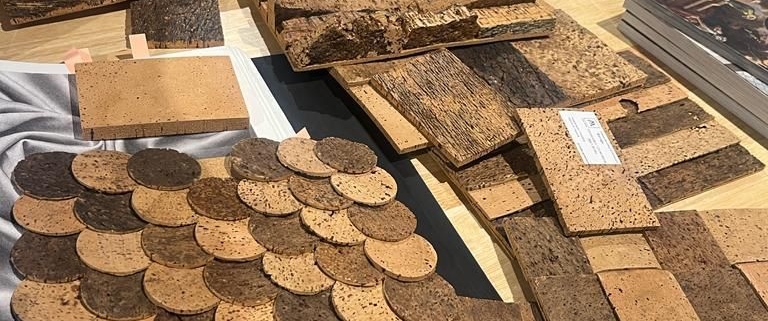Sustainable Interiors: More Than a Fad, It’s a Reality We Must Embrace
In recent years, the term “sustainability” has become a buzzword in almost every industry, and interior design is no exception. But is it just another passing trend, or is the shift towards sustainable interiors a significant, long-lasting change? Let’s delve deeper into this topic.
At first glance, it’s easy to dismiss sustainable interior design as a passing fad—a trend fueled by eco-conscious consumers seeking the latest “green” products. However, to view it solely through this lens would be a mistake. Sustainable design goes beyond just using eco-friendly materials; it encompasses a holistic approach to creating spaces that minimize environmental impact while promoting human health and well-being.
One of the key factors driving the shift towards sustainable interiors is the growing awareness of environmental issues such as climate change, resource depletion, and pollution. As people become more informed about the consequences of their consumption habits, they are increasingly seeking alternatives that align with their values. This shift in consumer mindset has forced designers and manufacturers to reevaluate their practices and adopt more sustainable approaches.
But sustainability in interior design isn’t just about being environmentally friendly—it’s also about creating healthier and more livable spaces for occupants. This includes considerations such as indoor air quality, natural light, thermal comfort, and ergonomic design. By prioritizing these factors, sustainable interiors can enhance the health and well-being of occupants, leading to increased productivity and satisfaction.
Moreover, sustainable design isn’t limited to new construction or major renovations. It can also be applied to existing spaces through strategies such as adaptive reuse, refurbishment, and retrofitting. By repurposing existing buildings and materials, designers can reduce waste and minimize the environmental footprint of their projects.
Another misconception about sustainable design is that it’s prohibitively expensive. While it’s true that some eco-friendly materials and products may come with a higher price tag upfront, they often offer long-term cost savings through reduced energy consumption, maintenance, and operational expenses. Additionally, as demand for sustainable products increases, prices are likely to become more competitive, making them more accessible to a wider audience.
Furthermore, sustainable design isn’t just about aesthetics—it’s about functionality and durability too. By choosing high-quality materials and timeless design principles, sustainable interiors can stand the test of time, avoiding the need for frequent replacements or renovations.
In conclusion, sustainable interior design is more than just a passing trend—it’s a reality that we must embrace if we are to create a better future for our planet and ourselves. By prioritizing environmental responsibility, human health, and long-term value, sustainable interiors offer a path towards a more sustainable and resilient built environment. As designers, consumers, and stakeholders, we all have a role to play in shaping this future, and it starts with the choices we make today. So let’s embrace sustainability not as a fad, but as a fundamental principle that guides our actions and decisions towards a brighter tomorrow.



